It was a day to see Wirral’s Wonderful Waders. There was a high tide due at Hoylake at about 12.40, which brings the wading birds right up to the remaining bit of beach/marsh.
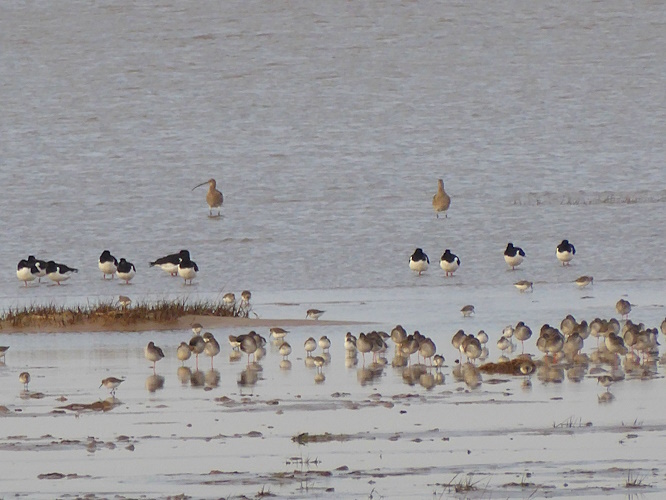
From Manor Road station we walked down Manor Road and Hoyle Road to Meols Parade, near the lifeboat station. The weather was mild, overcast and breezy. The tide was still a long way out and we could see a distant thin line of Cormorants at the water’s edge. A few Redshank and a couple of dozen Shelduck were pottering about the pools between the clumps of invasive Spartina grass.
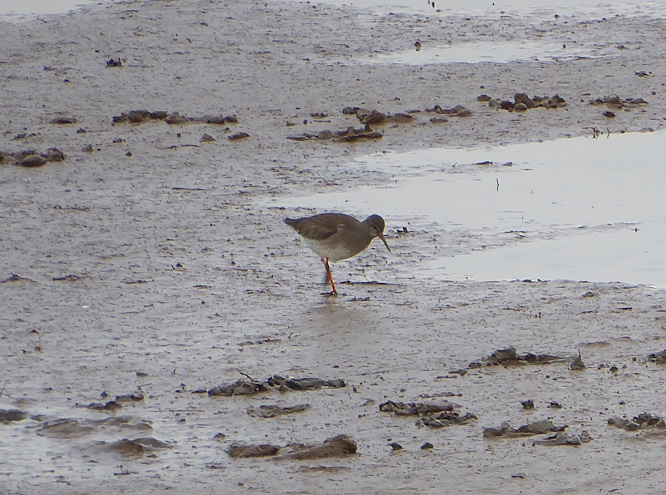
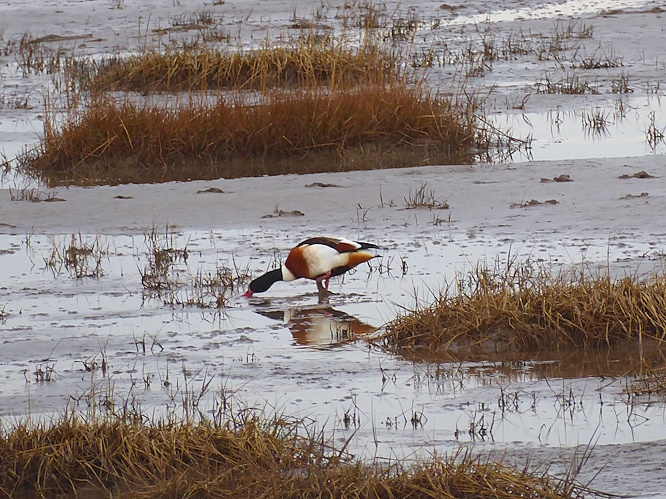
Parade Gardens are right next to the seafront, behind a sheltering wall. This tree shows why that wall is there.
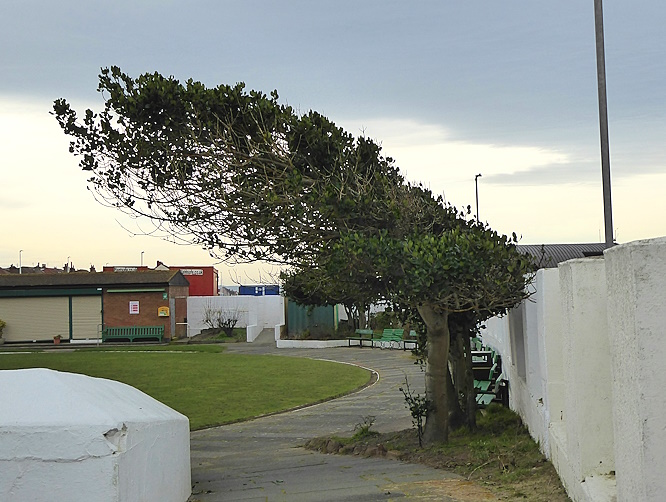
There was a Dunnock on the back of a bench and several Pied Wagtails flew out onto the beach. Flowers included Daises in the grass, Shepherd’s Purse on the edge of a pavement and some Daffodils coming out in a sheltered corner. One flowerbed has been earmarked for an RNLI-sponsored wildflower patch, and it has been adorned with a pair of their sea boots.
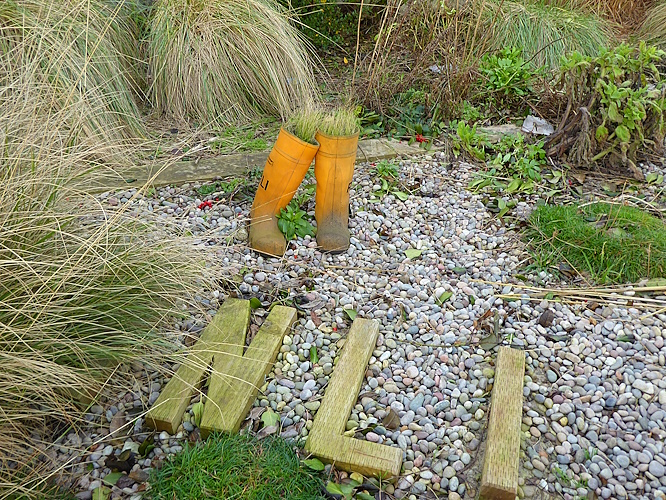
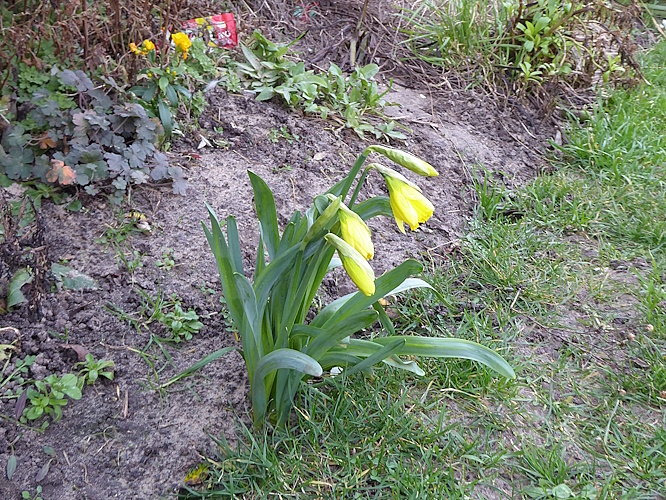
A little further north, set back from the seafront, is the small Queens Park. There are some nice Himalayan Birches along the path, with their catkins forming.
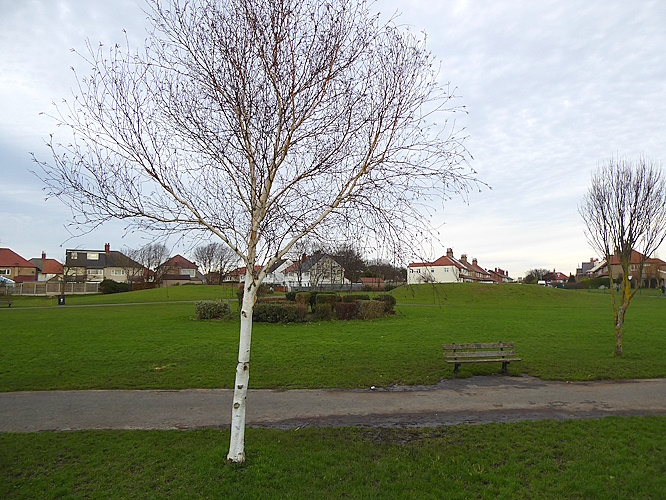
In one corner is a kid’s Nature Trail and a bug hotel called Critter Castle, built by local schoolchildren. It is surrounded by very good signage about what creatures the castle might attract – stag beetles, woodlice, solitary bees – a naturalist has been at work, clearly.
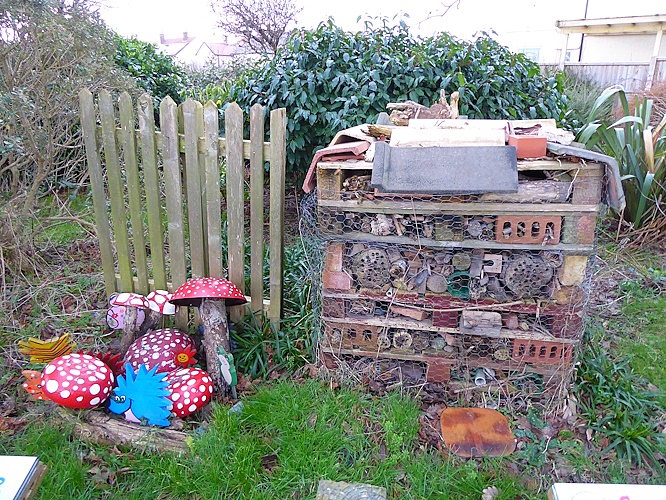
We lunched in the shelter of Parade Gardens and used the facilities of Popsy’s Café , just over the road in Hoylake Community Centre. We turned our eyes to the beach, and what a spectacle there was! The tide was now in and great masses of birds were standing on every inch of dry land, apparently sorted into species “layers”.
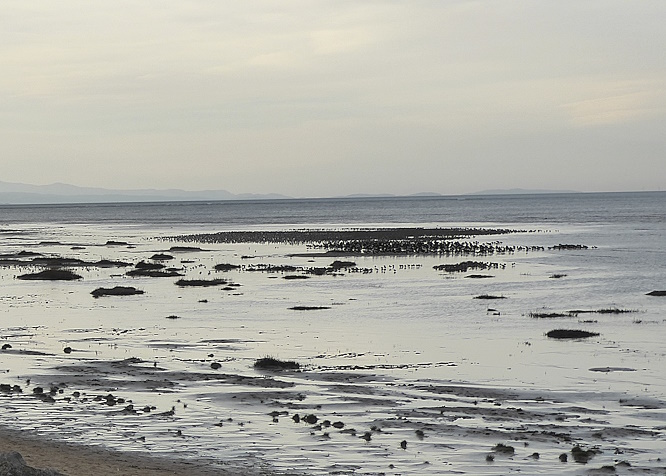
There were Redshank and Dunlin at front, a few hundred Oystercatchers in the middle and several thousand Knot at the back.
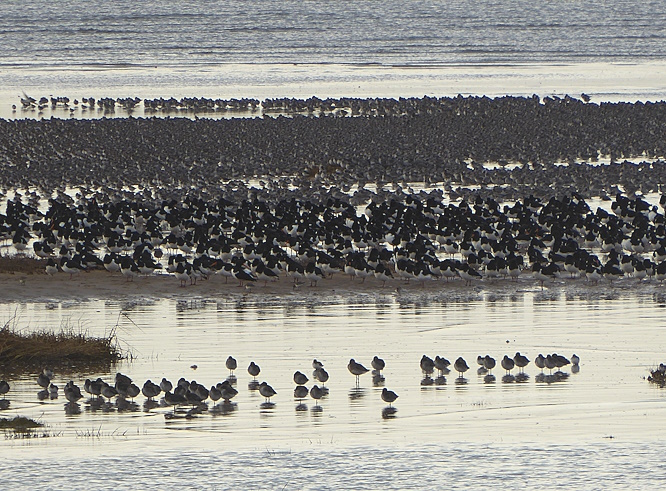
Several groups of birdwatchers with telescopes were looking out from the raised area around the lifeboat station. They said there were Grey Plovers and Black-tailed Godwits amongst the Knot, but we didn’t spot any. But it reminded us of our late friend Chris Butterworth, who did regular bird counts for the Wirral Estuary Bird Survey (WEBS). When asked how anyone could count so many birds accurately he said “You just count the number of legs and divide by two”.
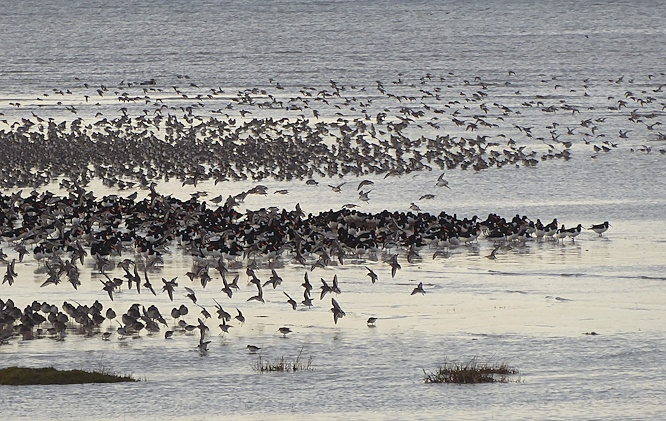
As the tide started going out again the Knot took to the air, flying in shaped flocks – “murmurations” – and also swooshing low over the water.
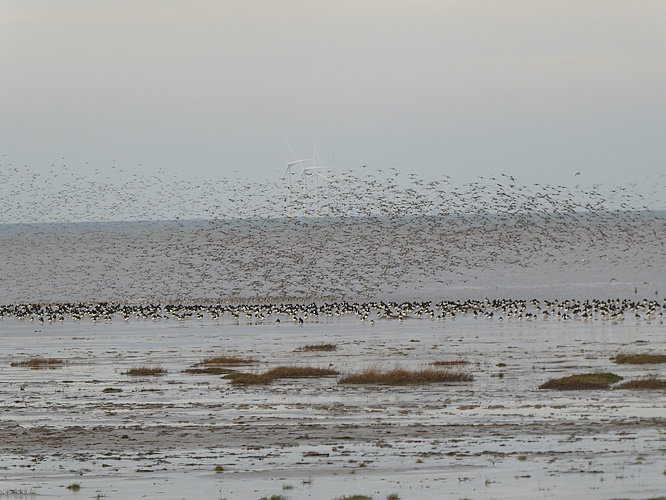
Just beyond the water’s edge were several larger birds which we though were the Godwits, but now I see by the curved bills on my picture they must have been Curlews.
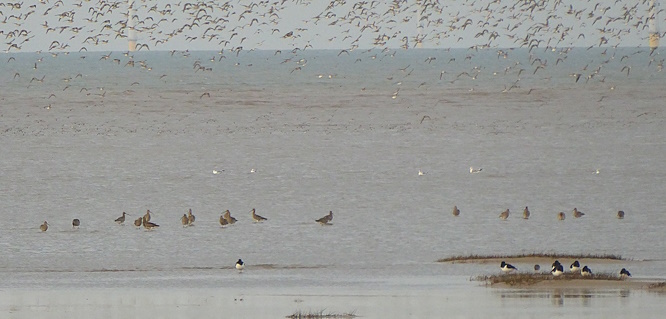
We headed back up King’s Gap and glimpsed a marvellous building we’ve never noticed before. An octagonal lighthouse on Valentia Road, completely surrounded by houses. It was rebuilt in 1866 on the footprint of an earlier lighthouse of 1764, one of a pair called the upper and lower lighthouses. The lower one was at the high water mark and is now gone. Their purpose was to aid sailors to line up on a safe anchorage. The Old Upper Lighthouse and its adjoining keepers’ cottages is now a private residence and is Grade II listed.
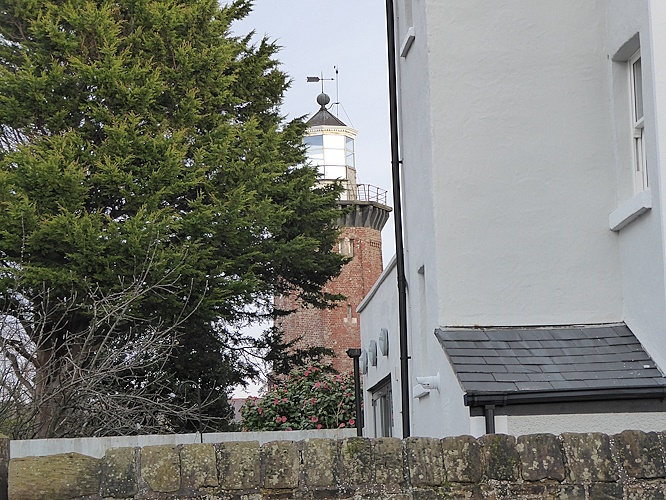
Hoylake village centre has the most stylish and wittiest street furniture on Merseyside, with a punning reference to “Knot”. As well as two sculptures of the birds of that name, one on the sidewalk and one on the roundabout, they use the motif of ropes and knots on all the benches, bollards and bicycle stands.
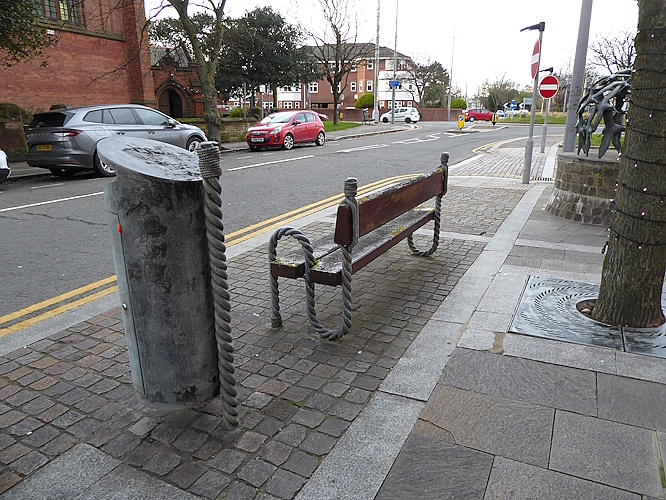
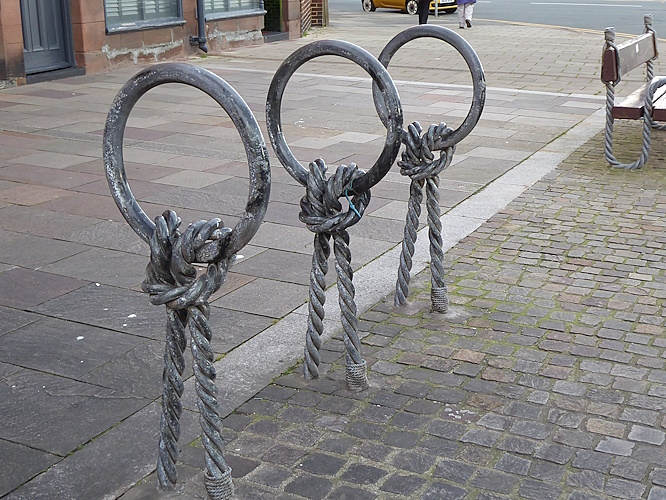
Public transport details: West Kirby train from Central at 10.05, arriving Manor Road 10.30. Returned from Hoylake Station at 14.02, arriving Liverpool 14.35.
